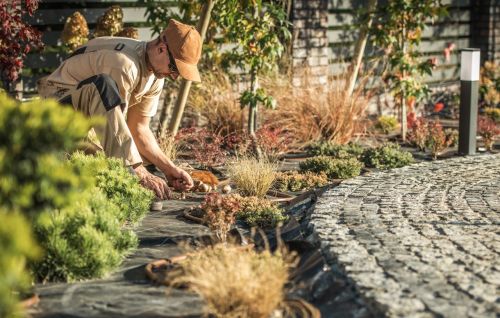With their graceful appearance, fragrant flowers, and fast-growing structure, acacia trees are an ideal choice for gardens that need both beauty and function. Known for their wide canopies and hardy nature, acacias provide natural shade and environmental benefits — especially in warm and dry climates.

The acacia tree belongs to the Fabaceae (legume) family and includes over 1,300 species globally. It can be deciduous or evergreen, and many species feature thorny branches. Acacias thrive in temperate and tropical climates, making them popular in landscapes worldwide.
Here are some of the most commonly planted acacia species in gardens and landscaping:
Robinia pseudoacacia (Black Locust / False Acacia): Common in Turkey, with fragrant white blossoms.
Acacia dealbata (Silver Wattle / Mimosa): Known for its bright yellow flowers, widely used as an ornamental tree.
Acacia tortilis (Umbrella Thorn): A drought-tolerant species with an iconic flat crown, suited for arid zones.
Acacia melanoxylon (Blackwood Acacia): Valued in woodworking for its strong, dark timber.
Fast-growing: Offers quick canopy coverage.
Deep roots: Helps prevent erosion on slopes.
Resilient: Tolerates drought, wind, and poor soil.
Nitrogen-fixing: Enriches the soil naturally.
Aesthetic value: Elegant silhouette and vibrant blooms.
Acacia trees produce small, fluffy flowers in white, yellow, or pink, depending on the species. The blooming season is typically late spring to early summer. The tree's fruit is usually a pod similar to beans or peas.
While some fruits are ornamental or used in industry, others may be toxic or inedible.
Natural shade: Their broad canopy makes them perfect for sunny gardens.
Soil improvement: Their nitrogen-fixing ability enhances soil fertility.
Pollinator-friendly: Acacia blossoms attract bees and butterflies.
Fragrance & beauty: Adds visual and aromatic appeal to gardens.
Windbreak effect: Excellent for open fields and exposed areas.
Acacias are especially suitable for gardens and green spaces that need long-lasting shade and a low-maintenance aesthetic.
They can be used in:
Large backyards and parklands
Driveway or garden borders
Plant rental setups for events or seasonal displays
Sloped terrain with geoweb applications for erosion control
Acacia trees are not only beautiful and fragrant but also highly functional. Their rapid growth, resistance to tough conditions, and ecological value make them a perfect addition to sustainable garden projects.
For more inspiration on landscaping, plant selection, and ecological design, visit the Cem Botanik Blog! ????





